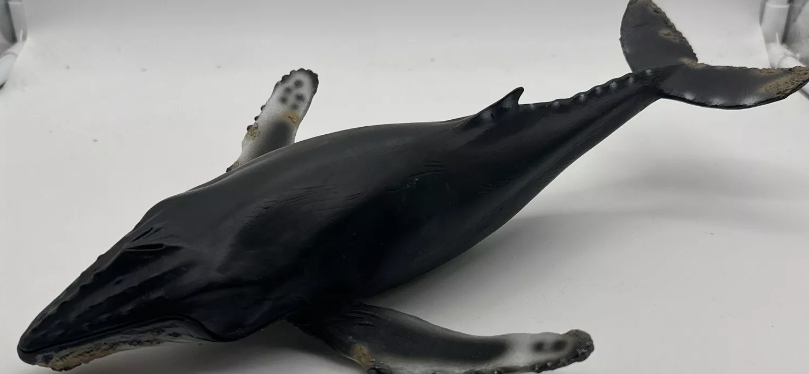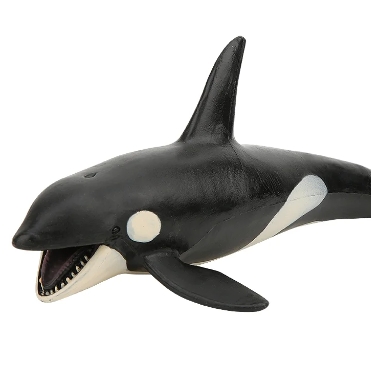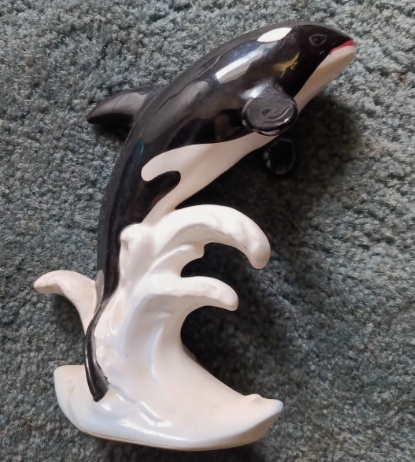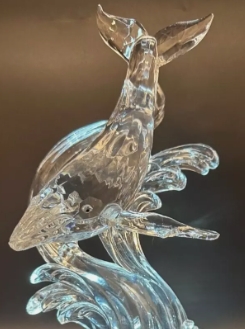The whale model is a three-dimensional model of educational and artistic value, which is often used for scientific research, educational display and decoration. They are based on the morphology of real whales, using accurate proportions and meticulous detail to help people better understand and appreciate these large and mysterious sea creatures.
Whale models are made of various materials, including plastic, wood and metal, depending on the purpose of the model. In science education, whale models can help students understand the physiology of whales, their ecosystems and their importance in the Marine environment. In the art world, these models often become artifacts, showing the whale's unique grace and power.
Through the whale model, the audience can not only feel the beauty of whales, but also deepen their understanding of Marine ecology and stimulate attention to the protection of the Marine environment. These models are not only educational tools, but also Bridges to guide people to think about the relationship between man and nature.




